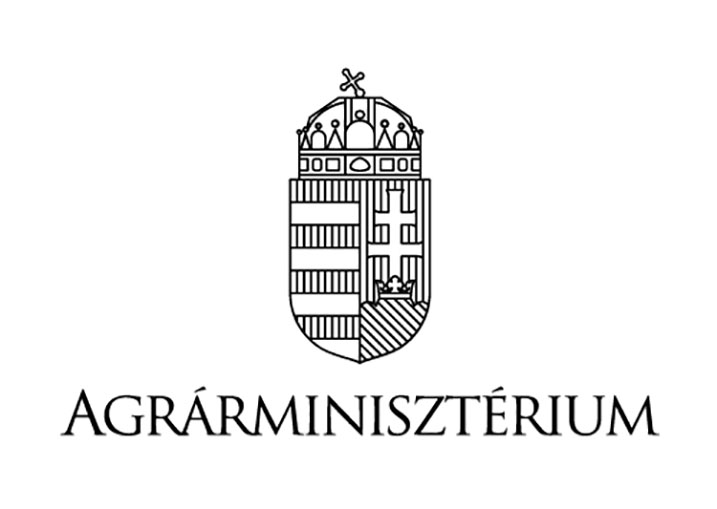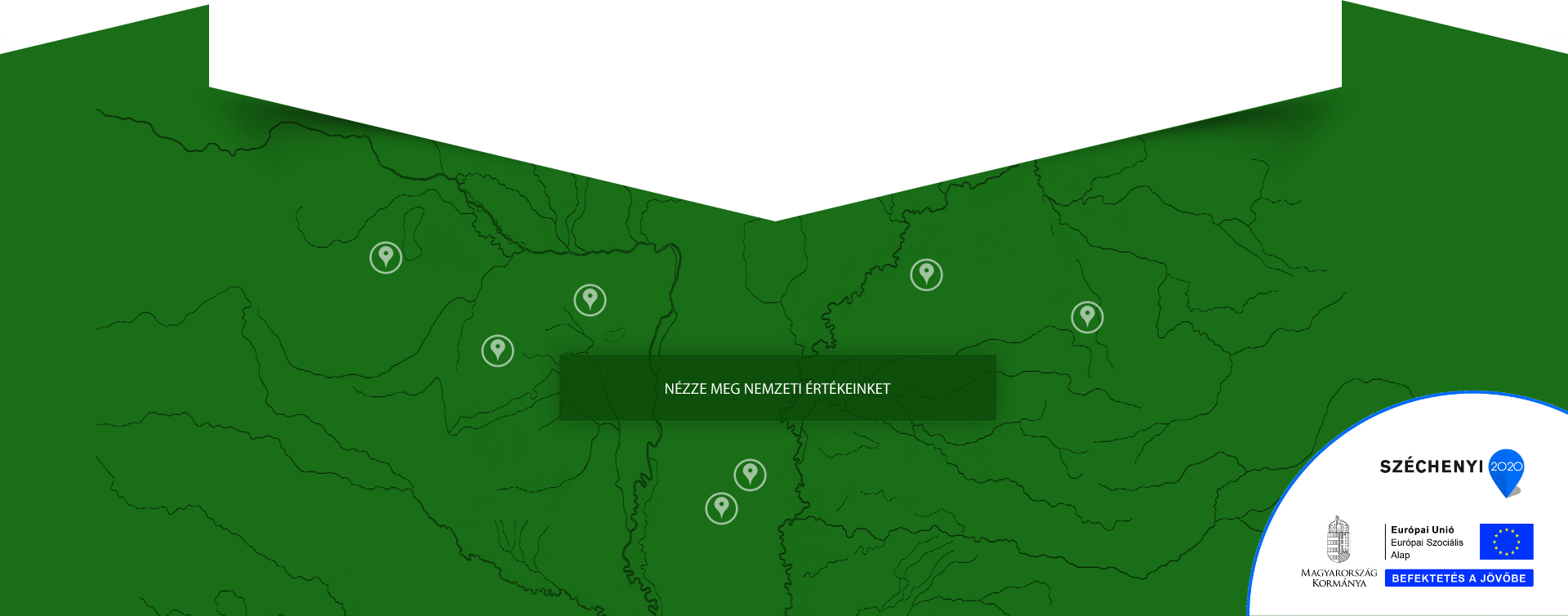The Zsolnay Cultural Quarter was the biggest investment in the Pécs 2010 Cultural Capital of Europe project, which involved construction on the majority of the territory of Zsolnay Porcelain Factory of Pécs.
Hungarikum
Hungarikum
Tárogató
Tárogató has been accompanying our history ever since the arrival of Hungarians to this land. Its shape, size, sound and tone has gone through smaller and significant changes over the centuries.
The folk dance house method as the hungarian model of perpetuation of cultural heritage
Whether beginners or more advanced dancers, they can all have a good time together at the Folk Dance House. This is a tangible leftover of our ancient heritage in the 20th-21st century.
Falconry as a living human heritage
Hungarian falconry has a history spanning more than a thousand years; it is a part of the Hungarian identity and appears throughout the whole history of Hungary.
Early christian necropolis of Pécs (Sopianae)
The early Christian cemetery of Pécs, from the 4th century, is a comprehensive example of the burial architecture and art of early Christians in the northern and western provinces of Rome.
„Mohácsi busójárás” a masked end-of-winter tradition
Busó festivities have been a tradition of Croat minority in Mohács for centuries; they are a typical example of European end-of-winter, spring-awaiting fertility festivities.
Traditional Hungarian folk song
To Hungarian people the Hungarian songs are as important as chansons to the French, the Napolitano songs to the Italians or the polka to the Poles. The Hungarian songs are part of our national identity, our musical language, an organic part of our traditions.
Kalocsa folk art – drawing, embroidery and wall painting
The Kalocsa embroidery and wall-painting with coloured flowers is known in many places and is often thought to be the Hungarian folk art.
The Hungarian bow of 9th-11th century
The complex Hungarian horn bow from the 9th-11th centuries, belongs to the group of the complex reflex bows of the people who used to live on the Euro-Asian steppes.
Halas lace
Lacing has more than 100 years of tradition in Kiskunhalas.




